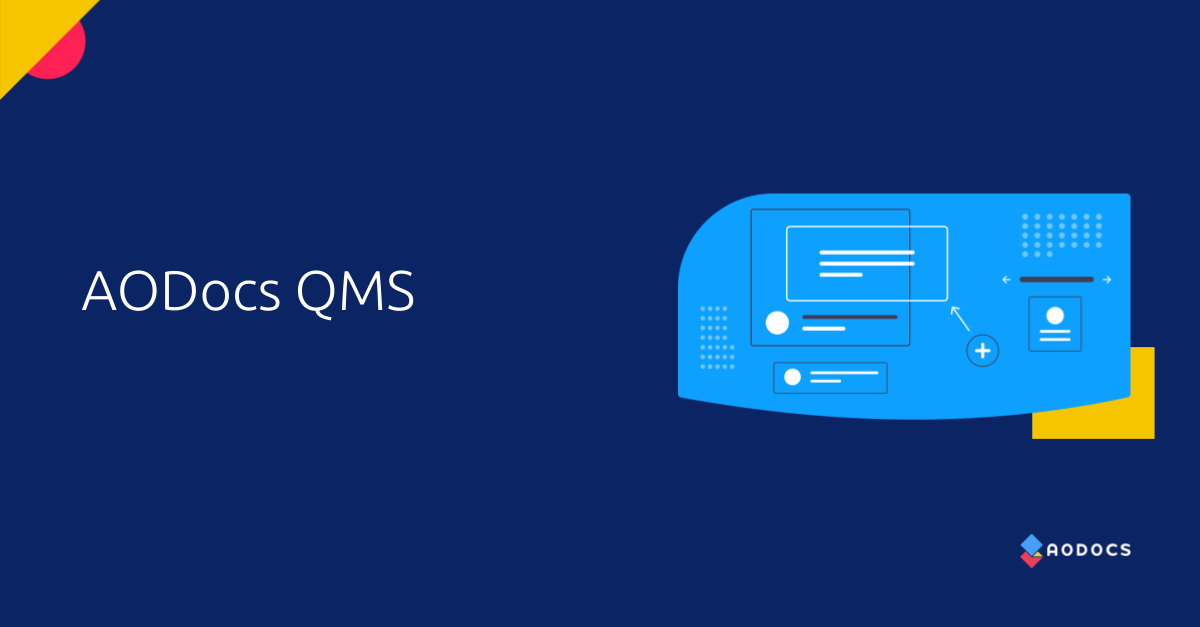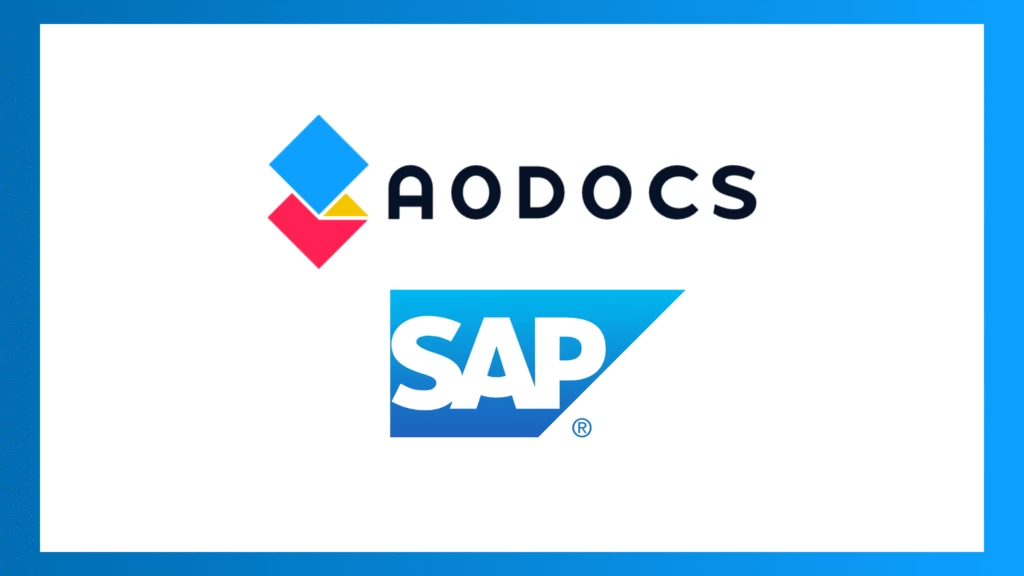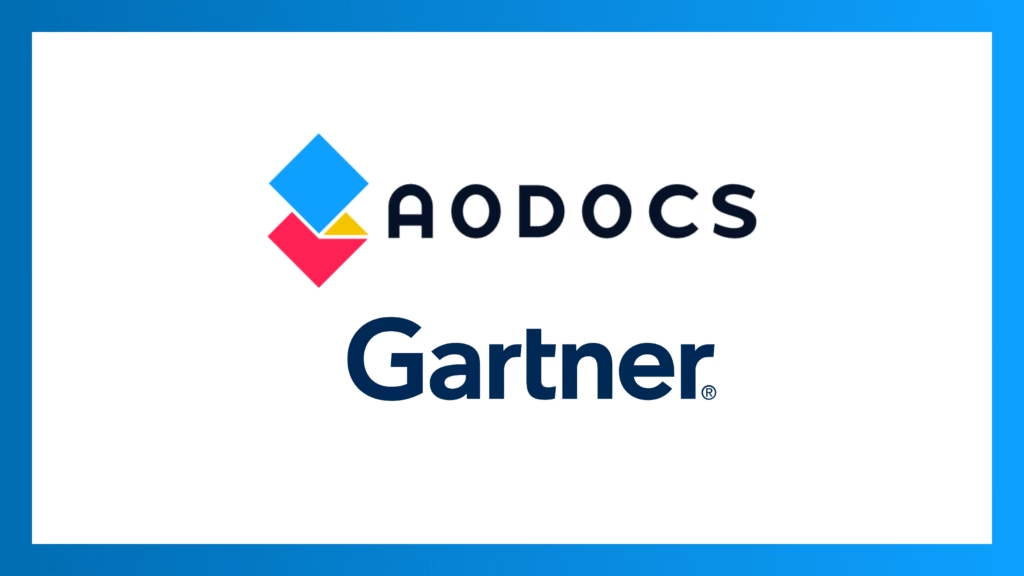With most Quality Management Systems (QMS) built for Life Sciences, we’re told that the QMS applications can provide the documentation necessary for validation. Often called a Software Validation Package, the apps include a Validation Report, an Installation Qualification template, a Performance Qualification template, an example of a completed PQ and IQ, as well as test specifications.
Technically these are all the things you need to execute and complete your application validation. Here’s what’s not included: All of the time and effort required to perform the validation. As you probably already know that’s a LOT of time and effort. Oh yeah, and the whole process has to be repeated if there are any changes. You modify an approval process, you add a step to your CAPA. Those changes you make need to be documented in those templates and the testing processes.
I’m sure that most people, especially those in the Life Sciences space, try to avoid expending that time and effort on making the validation process happen. Unless you like mowing your lawn with scissors, why invest in a QMS be it for Medical Devices, BioTech, or really any high-regulated industry, if it doesn’t save you some combination of time, effort, stress, or money?
There is a Better Way
Most secure SaaS, cloud-hosted Quality Management System apps have the capability to provide a validation subscription.
So, why does that matter? A validation subscription is already qualified with IQ and PQ. Documentation generated during the testing of the qualification platform is available for you to reference before you build your solution. You’ll also have access to validated templates that come complete with the supporting documentation needed for each validation.
Everyone changes their QMS to meet their business requirements. You’re going to want your business templates to incorporate additional properties that may be needed for you to both evaluate and manage your business process workflows.
Once you have everything configured to your liking, your partner vendor can complete automated validation testing and provide you with all of the documentation necessary to support your QMS application as configured.
A SaaS QMS solution like this can provide organizations the capability to rapidly configure and adopt an automated quality platform in just a few weeks instead of months. In the spirit of “time is money”, reducing the time frame means you’re going to get your quality program up and running as quickly as possible.
Here’s an analogy that might help to illustrate my point. Imagine that you wanted a loaf of bread. You could go to the store and buy all the ingredients, the oven, and all of the kitchen utensils you need to bake it. Then you’d need to mix it all together, let the dough rise, put it in a pan, add your toppings, and then bake it.
Or you could buy some pre-proofed dough, add your toppings to make it your own, and bake it.
You get the same result, but with the second version, you’re baking bread in a snap.
My advice is simple: If you know you’re in the market and you want the best QMS for Life Science, a validation subscription may better suit your needs than doing all the heavy lifting on your own. The faster you can develop the complete QMS solution you need, the faster you can get the productivity that you need.
That’s what you get with AODocs validation: You get all of the tools. You get all of the ingredients. But we do the mixing and the baking, so you get the validation for the length of your QMS subscription.



